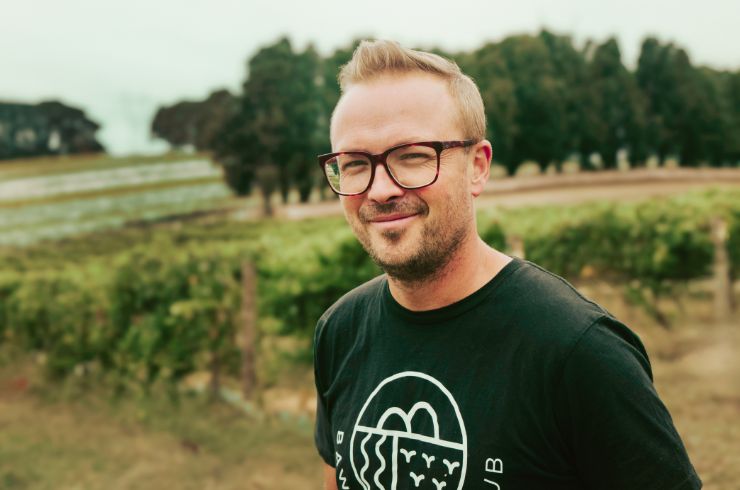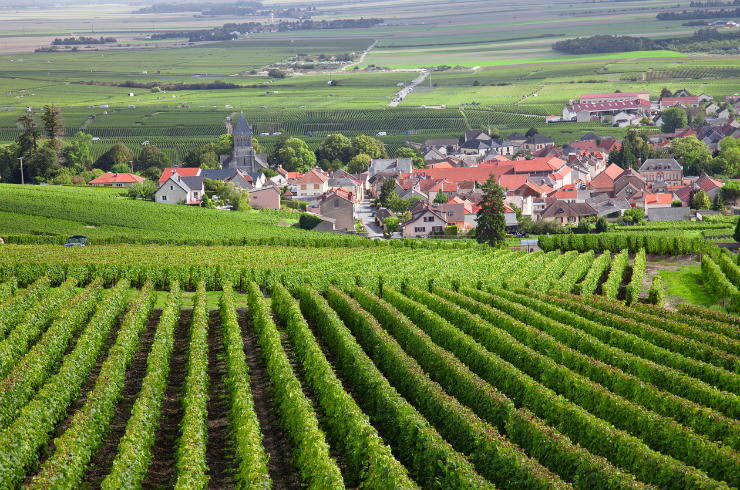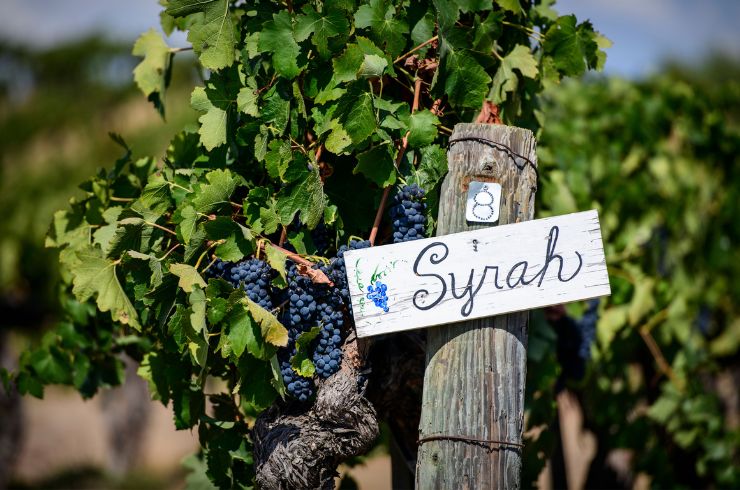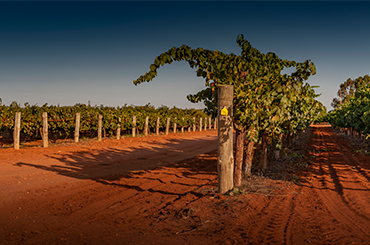
Creative collaborations
When great minds collide, magic happens. That’s why Courtney Christie makes wine in the Barossa. “Despite being a Hills girl, I believe the spirit of community and collaboration is the absolute strongest in the Barossa,” Christie says.
Her latest project is the new release WineWolf Foundation Touch of Dutch Australian Chapter 2021 Semillon, made with young gun Barossa Valley winemaker Sven Joschke. The wine is a tribute to Christie’s dear friend Lotte Wolf, the Dutch sommelier and winemaker who died tragically in December 2018. In the aftermath, the WineWolf Foundation was established to empower young wine professionals. “The grower for the organic, 50-year-old semillon is Sam Dahlitz,” Christie says. “The WineWolf’s next collab will be with Tommy Shobbrook from Shobbrook Wines.”
Meanwhile, at Light Pass, Tomfoolery winemaker Ben ‘Chippy’ Chipman collaborates with Port Adelaide Football Club greats Tom Jonas and Brad Ebert on Hey Diddle Wines. The range includes the Hey Diddle Wines Super T, a minimal intervention blend of cabernet sauvignon, montepulciano and Spanish varietal bonvedro.
A masterclass in collabs is also delivered by hospitality veteran Grant Dickson who runs micro wine brand Otherness Wines (and the Angaston wine bar and cellar door by the same name).
Dickson calls in winemaking heavyweights such as talented winemaker Ian Hongell (Torbreck Wines), Steve Baraglia (Pikes Wines), and Rieslingfreak’s John Hughes to make his range of rieslings. In the red department, all of which were made using Barossa fruit, Alex MacClelland (Bethany Wines) made the Otherness 2022 Fratres Cabernet Franc, Craig Stansborough (Purple Hands Wines and Grant Burge Wines) created the Otherness 2021 Harmonica Aglianico, Marco Cirillo (Cirillo Wines) crafted the Otherness 2019 440 Cabernet, and Dan Standish (Standish Wines) achieved stunning results with the Otherness 2017 Tristan Chord Shiraz and the Otherness 2015 An Ill Wind Mataro Grenache.
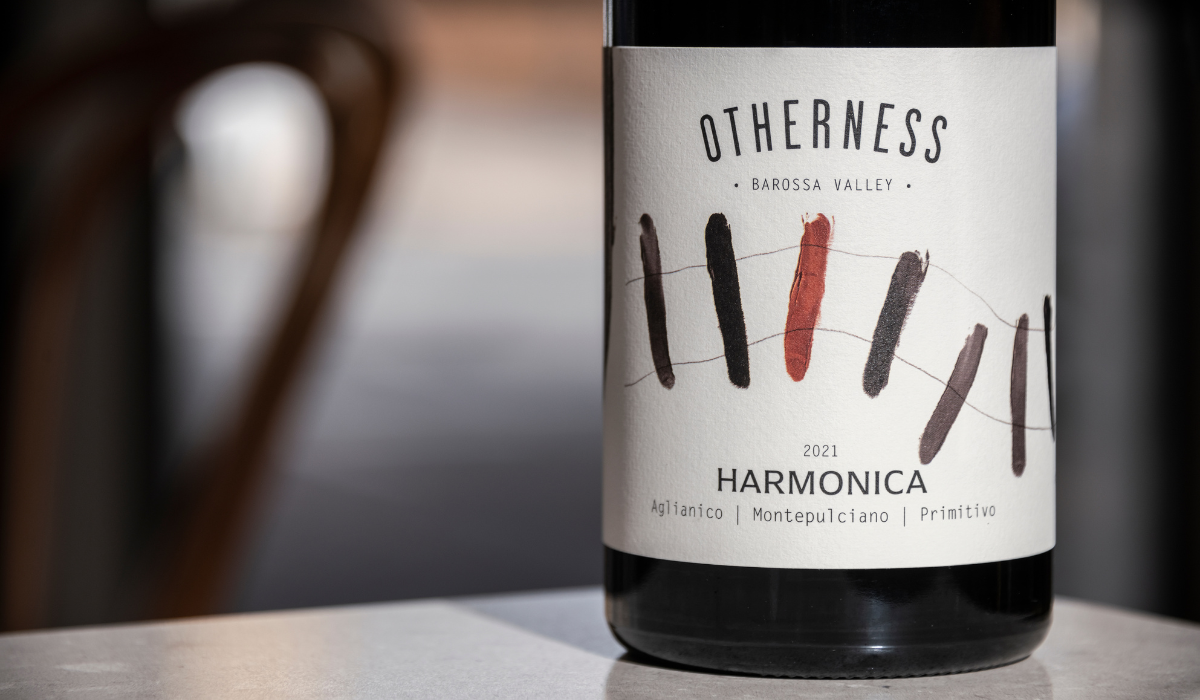
A matter of style
At Seppeltsfield, the Joven-style 2022 Seppeltsfield Barossa Grenache is particularly popular of late. “We’re seeing consumer trends shift and evolve to more drinkable and youthful styles,” says Lauren Mudge, Seppeltsfield’s head of national sales and marketing. “This includes alternative and emerging varieties, as well as expressions with minimal or just simply supporting oak intervention.”
Meanwhile, The Cutting winemaker Belinda van Eyssen predicts more grenache, grenache blanc, montepulciano, touriga and cinsault.
“Cinsault is a bit of an underdog, mostly used for rosé wines or in blends to boost fruit characters. Climate change and our ever-changing landscape is at the forefront of everything we do in the vineyard and winery. The climate data tells us that our region is only going to get hotter. Cinsault is heat tolerant and able to crop at reasonable levels, so to us the variety makes sense and has a place in the future of our region.”
When South Africa-born van Eyssen and her viticulturist husband Daniel McDonald made their first wine from The Cutting vineyard in 2014, it was one barrel of shiraz. “Shiraz may always be the hero but we are seeing much more demand for medium to lighter bodied reds,” she says. “Wines that can be chilled.”
The duo’s The Outlier range, is a different take on their winemaking. “Our maiden release in 2020 was an old vine grenache, made in a lighter style with a large portion of whole bunches included to enhance the wine’s appealing perfumed aromas,” van Eyssen says. “The grenache has sold out each year since its first release. It’s about showcasing the versatility of varieties grown in the Barossa; yes, you can chill certain styles of red and make for a more pleasurable drinking experience in the warmer months.”
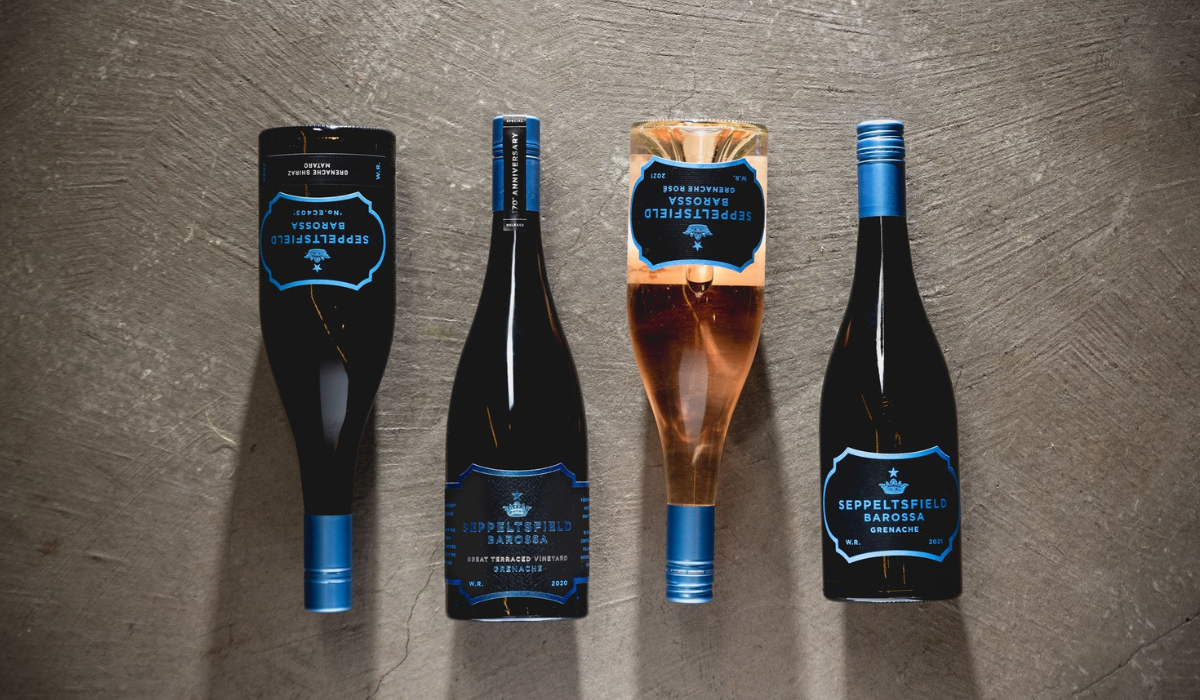
For the love of semillon
At Tanunda’s David Franz cellar door, owner and winemaker Dave Lehmann has observed demand for his stalwart David Franz Red Rosé, made using a whopping 108 varieties. “It’s more like a light red and it’s the antithesis of what people ‘come to the Barossa to find’,” he says. “The fact that it's one of our best sellers is great.”Lehmann is a firm believer in re-examining relationships with existing varieties. “Shiraz is obviously at the forefront but grenache, cabernet and mataro proved to work really well in the Barossa. I think the way of the future is re-examining how we present these varieties; like 100-year-old-grenache making a nice crunchy Beaujolais-esque or Burgundy-esque style of wine.”
Lehmann is also devoted to semillon. “We're at the point now where so many of the ‘ho-hum’ blocks of semillon have fallen by the wayside and people have ripped them out because they're not getting money for it or there's just no call for it.”
There’s a silver lining. “This means we've distilled down to some of the really essential and important semillon blocks that are preserved by people who've are passionate about it as a varietal and don't want to see it disappear.”
Seek out Cirillo Wines’s 1850 Ancestor Vine Semillon, The Willows Vineyard Semillon planted in 1936 by fourth generation Herbert Bernard Scholz, and winemaker Steve Hoff’s Heritage Winery creation. “There are so many different expressions,” Lehmann says. “From that sort of Hunter-esque austerity, to the big fume, fat, oaky examples. We are releasing seven examples of semillon next year.”
Latest Articles
-
News
The power of perspective: Ryan Ponsford's Entropy
2 Dec 2025 -
Events
Halliday Wine Academy: Wine Immersion Tours
30 Nov 2025 -
Travel
Scenic's Southern France and Bordeaux river cruises are tailor made for wine lovers
30 Nov 2025 -
News
What’s in a name? The etymological origins of popular grapes.
30 Nov 2025
